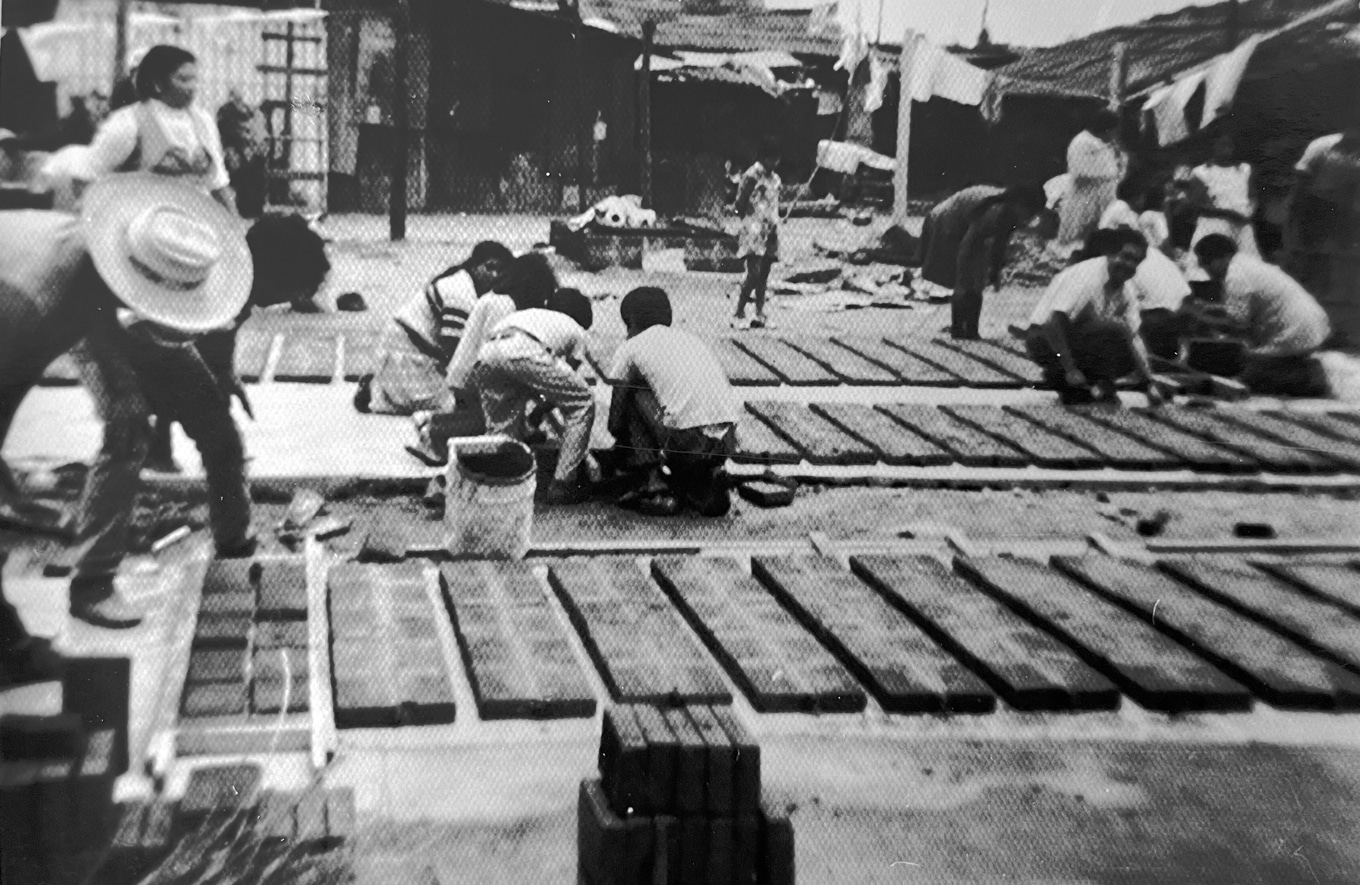Architecture and the Right to Housing: The Practical Case for Radicalism

ARC3018HF
Fall 2024 Thesis Seminar
Instructor: Karen Kubey
Meeting Section: L0102
Wednesdays 12:00-3:00 p.m.
Housing is a human right.
For too long, our leaders have approached our housing crisis – and the realization of the right to housing – solely as political and economic problems. This approach has failed, leaving at least 1 billion people worldwide inadequately housed. We must also address the right to housing as an architectural issue, one of spatial justice. This will allow us to meet the human needs of residents, and to respond to what is not only a political failure, but a failure of imagination.
The right to housing is not just a slogan. It has been codified in international law since 1948, and in Canadian law since 2019, through seven aspects: security of tenure, availability of services, affordability, habitability, accessibility, cultural adequacy, and location. In “Architecture and the Right to Housing,” we will approach the right to housing – especially its latter five aspects – as an architectural concern. We will ask, “What would the right to housing look like in practice?” and “How might housing projects, and the design processes behind them, contribute?”
The authors of A Planet to Win: Why we Need a Green New Deal (Aronoff et. al 2024) present “The Practical Case for Radicalism.” They argue, “An effective Green New Deal is also a radical Green New Deal,” one that “tackles root causes rather than merely addressing symptoms.” In her foreword to the book, Naomi Klein claims that historical leaps forward for society have been “the products of dreams invariably dismissed as impossible and impractical at the time…[in] times when people dared to dream out loud, in public, together.”
In this course, we will not pursue the kind of small-scale improvements in affordable housing that have consistently failed to provide adequate housing for all. Instead, we will examine what it would take for the right to housing to be realized and posit what roles architecture might play. Together, we will “dare to dream,” building on historical social housing case studies like Cooperativa Palo Alto and on radical housing proposals that are currently becoming reality, such as the Squamish Nation’s Sen̓áḵw and the revolving Housing Production Fund in Montgomery County, Maryland. Housing’s primary position in our lives, economies and the built environment makes it a natural site of intervention in the complex fight against systemic and intersectional injustices.
This fall, Kubey will convene a student-driven seminar analyzing current literature on social housing design and social, economic, health, and racial equity, alongside exemplary architectural case studies. We will draw from multidisciplinary sources, including architectural theory, oral history, and public health research. Seminar sessions will center on student oral, written, and graphic presentations, with robust synchronous and asynchronous discussion. While thesis projects may be sited anywhere in the world, our seminar readings and discussions will focus on North America – Mexico, the United States, and Canada.
The ideal student for this course is curious, interested in developing their research capacity, and wanting to make connections between housing design and the most pressing political questions of our time. What is at stake is not only an urgent contribution to the field of architecture, but also critical material in the global fight for housing justice.
Note: Students who have previously taken “Housing and Social Justice in North America” will work with Kubey to develop an alternate reading list and work plan for Fall 2024.

